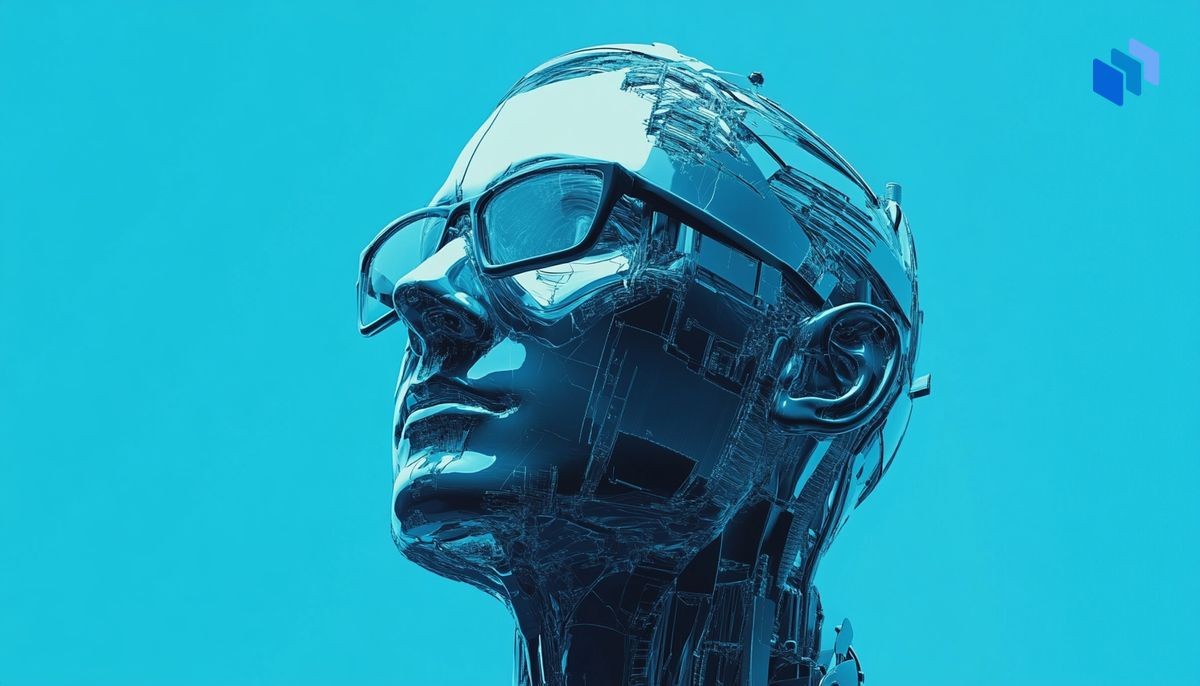Artificial Intelligence (AI), General article
AI refers to the development of intelligent computer systems that can perform tasks that would normally require human intelligence, such as recognizing speech, making decisions, and learning from experience. The potential applications of AI are virtually limitless, and many industries are already embracing the technology to improve efficiency, reduce costs, and enhance the customer experience.
Overview of Artificial Intelligence
AI is a broad field that encompasses a range of technologies, including machine learning, natural language processing, computer vision, and robotics. These technologies enable computers to learn from experience, recognize patterns, and make decisions based on data. Machine learning is a critical component of AI, as it allows computers to learn from experience and improve their performance over time without being explicitly programmed.
Natural language processing (NLP) is another essential aspect of AI that enables computers to understand and interpret human language. NLP is used in applications such as speech recognition, language translation, and chatbots. Computer vision is another important area of AI that focuses on teaching machines to recognize images and interpret visual data.
AI is being used across a wide range of industries to automate tasks, optimize processes, and improve the customer experience. Let’s explore some of the most significant trends in AI.
Trends in Artificial Intelligence
- Machine Learning
Machine learning is a critical component of AI that allows computers to learn from experience and improve their performance over time without being explicitly programmed. Machine learning is being used in a wide range of applications, including predictive analytics, fraud detection, and image recognition. As the amount of data generated by businesses continues to grow, machine learning is becoming increasingly significant in helping organizations extract valuable insights from their data.
2. Natural Language Processing
Natural language processing (NLP) is another essential area of AI that enables computers to understand and interpret human language. NLP is being used in applications such as chatbots, virtual assistants, and language translation. As the use of chatbots and virtual assistants continues to grow, NLP will become increasingly important in enabling these systems to understand and respond to human language.
3. Robotics
Robotics is another critical area of AI that is being used to automate tasks and improve efficiency in various industries. Robotics is being used in applications such as manufacturing, healthcare, and transportation. As the cost of robotics continues to decline, we can expect to see an increase in the use of robots in various industries.
4. Computer Vision
Computer vision is another essential area of AI that focuses on teaching machines to recognize images and interpret visual data. Computer vision is being used in applications such as self-driving cars, security systems, and augmented reality. As the use of visual data continues to grow, computer vision will become increasingly indispensable in enabling machines to understand and interpret visual data.
5. Explainable AI
Explainable AI is a new area of AI that focuses on making AI algorithms more transparent and understandable. Explainable AI is becoming increasingly important as AI is being used in critical applications such as healthcare and finance, where it’s essential to understand how AI algorithms are making decisions.
6. Edge Computing
Edge computing is a new trend in AI that involves processing data locally on devices, rather than sending data to the cloud for processing. Edge computing is being used in applications such as autonomous vehicles, where low latency and high bandwidth are essential for real-time decision-making.
Challenges and Risks
Despite the potential benefits of AI, there are also concerns about the impact that the technology will have on jobs, privacy, and security. Some experts predict that AI will lead to job losses as machines take over tasks that were previously performed by humans. Others worry that AI-powered systems could be used to invade people’s privacy or pose a security threat.
One of the most significant challenges facing AI is ensuring that AI systems are fair and unbiased. AI algorithms are only as good as the data they are trained on, and if the data is biased, the algorithms will produce biased results. For example, if an AI algorithm is trained on data that is biased against a particular gender or race, it will likely produce biased results when making decisions.
To address this challenge, researchers are developing techniques to make AI algorithms more transparent and explainable. This will enable developers to understand how the algorithms make decisions and identify any biases that may be present. Some researchers are also working on developing more diverse and representative datasets to ensure that AI algorithms are trained on unbiased data.
Another challenge facing AI is the need to balance the benefits of automation with the potential for job displacement. While AI has the potential to automate many tasks and improve efficiency, it could also lead to job losses in some industries. To address this challenge, policymakers are exploring ways to retrain workers for new jobs and ensure that the benefits of automation are shared more equitably.
Finally, there are concerns about the security and privacy implications of AI. As AI-powered systems become more prevalent, there is a risk that they could be hacked or used for malicious purposes. To address this challenge, developers are working on developing more secure and resilient AI systems and implementing robust security protocols to protect against cyberattacks.
Conclusion about challenges and risks
Artificial Intelligence is a transformative technology that has the potential to revolutionize the way we live and work. From self-driving cars to virtual assistants, AI-powered systems are already having a significant impact on our lives. However, as with any technology, there are also risks and challenges associated with AI. Ensuring that AI systems are fair, unbiased, and secure is essential to maximizing the benefits of this technology while minimizing its risks. As AI continues to evolve and become more prevalent, it’s essential that policymakers, developers, and society as a whole work together to ensure that AI is used responsibly and ethically.
Applications
The potential applications of AI are virtually limitless, and many industries are already embracing the technology to improve efficiency, reduce costs, and enhance the customer experience. Here are just a few examples of how AI is being used in various industries:
- Healthcare: AI is being used to develop new treatments, improve patient care, and streamline administrative tasks. AI-powered medical devices are being developed to diagnose diseases, predict patient outcomes, and identify the best treatments for individual patients.
- Finance: AI is being used to detect fraud, automate customer service, and make better investment decisions. Banks and other financial institutions are using AI to analyze vast amounts of data and identify patterns that humans may not be able to detect.
- Retail: AI is being used to personalize the shopping experience, optimize inventory management, and improve supply chain efficiency. Retailers are using AI-powered chatbots to provide customer service, and they’re using machine learning algorithms to make product recommendations based on customer behavior.
- Transportation: AI is being used to develop autonomous vehicles, optimize logistics and route planning, and improve safety. Companies like Tesla and Waymo are using AI to develop self-driving cars that can navigate roads and make decisions in real-time.
The potential benefits of AI are clear, but there are also concerns about the impact that the technology will have on jobs, privacy, and security. Some experts predict that AI will lead to job losses as machines take over tasks that were previously performed by humans. Others worry that AI-powered systems could be used to invade people’s privacy or pose a security threat.
Despite these concerns, the trend towards AI is only likely to continue in the years to come. As the technology improves and becomes more widely adopted, we can expect to see even more innovative applications of AI in various industries. The key challenge for businesses and policymakers will be to balance the benefits of AI with the potential risks and challenges that the technology poses.
In the next article, we’ll see about IA helping Healthcare. I see you in the next one.







